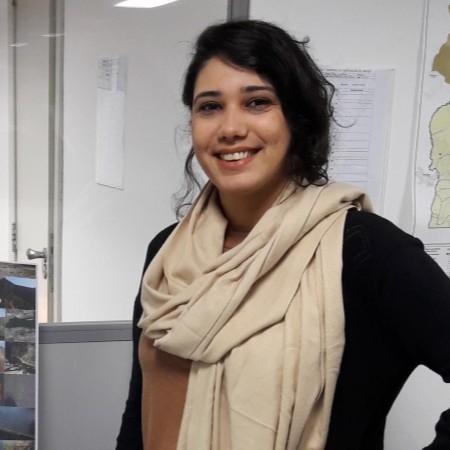A R T I C L E I N F O
Keywords:
Seabirds
Shorebirds
Coastal birds
Habitat use
Threatened species
A B S T R A C T
Coastal areas are important for feeding, resting, and nesting of several bird species. Although globally birds on rocky shores are broadly studied, little is known of this diversity in Brazil, especially in areas adjacent to oil exploration. Information on bird diversity in coastal areas is essential to establish a baseline knowledge to identify potential impacts and for long-term monitoring. In this study, we investigated the diversity of bird on five rocky shores located nearby an oil exploration field, on the northern coast of Rio de Janeiro state, southeast Brazil. We expected higher richness (total and average) and diversity to be recorded in more extensive rocky shore areas, and seasonal variation due to the presence of migratory species. In addition, we expected foraging to be the main habitat use. Three monthly counts were carried out at each site between April/2017 and March/ 2018 at fixed points. Overall, 30 species (16 waterbirds and 14 terrestrial) were recorded on the rocky shores, with seven migrants from the northern hemisphere and three nationally threatened with extinction. The Cabot’s Tern (Thalasseus acuflavidus) and the Sanderling (Calidris alba) were the most abundant species. The richness and diversity of birds did not increase in relation to the size of the rocky shores. Seasonally, bird diversity varied because of the arrival of migrating species, with higher values during the summer. Most of the waterbirds used the rocky shores for resting and terrestrial birds for foraging. This study highlights the importance of rocky shore conservation for several bird species, including migratory and threatened ones, near an oil exploration field in southeast Brazil.
1. Introduction
Rocky shores are ecosystems between the marine and terrestrial environment, with great diversity of organisms, mainly in the sub- merged area (Moreno and Rocha, 2012). The great abundance of fish larvae and benthic fauna in these areas attracts birds flying between the sea and coastal ecosystems (Vooren and Brusque, 1999; Ellis et al., 2005; Snellen et al., 2007). Many bird species also use rocky shores as nesting areas (Schreiber and Burguer, 2001; Gira˜o et al., 2008) or for resting along migratory routes (Gladstone et al., 2007). Migratory birds need to obtain sufficient resources at various locations throughout the annual cycle, including resting places (Harrison et al., 2011). Thus, the seasonal presence of migratory birds alters species diversity in different ecosys- tems throughout the year (Costa and Sander, 2008; Grose et al., 2013; Mancini et al., 2018), including rocky shores.
Acesse o artigo completo gratuitamente:


